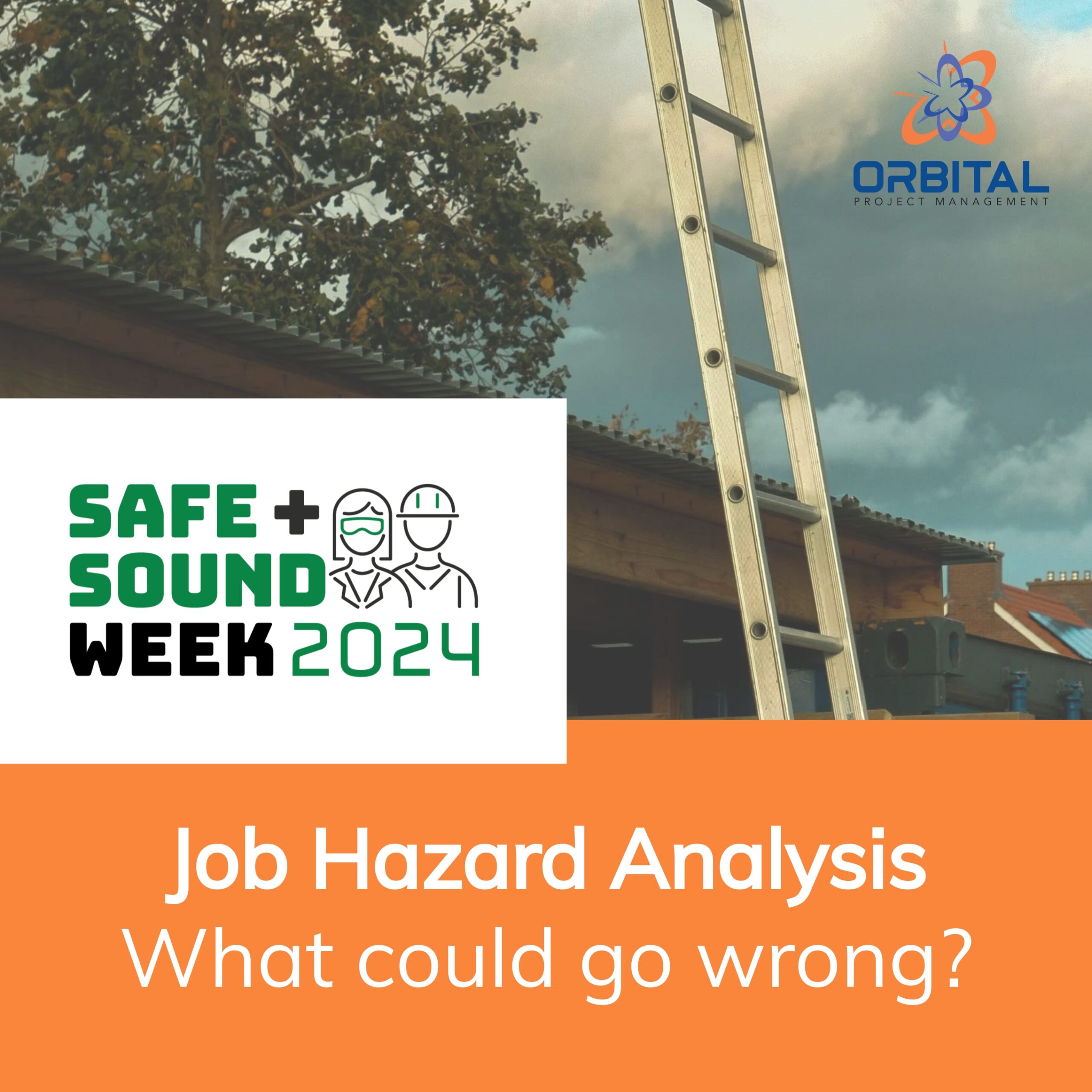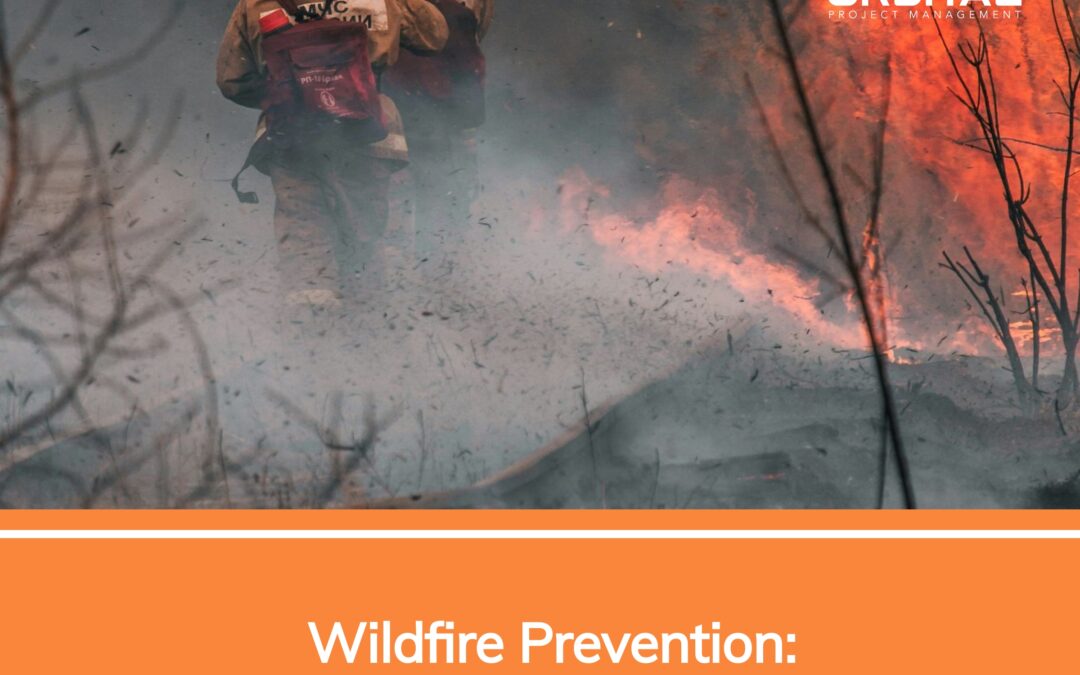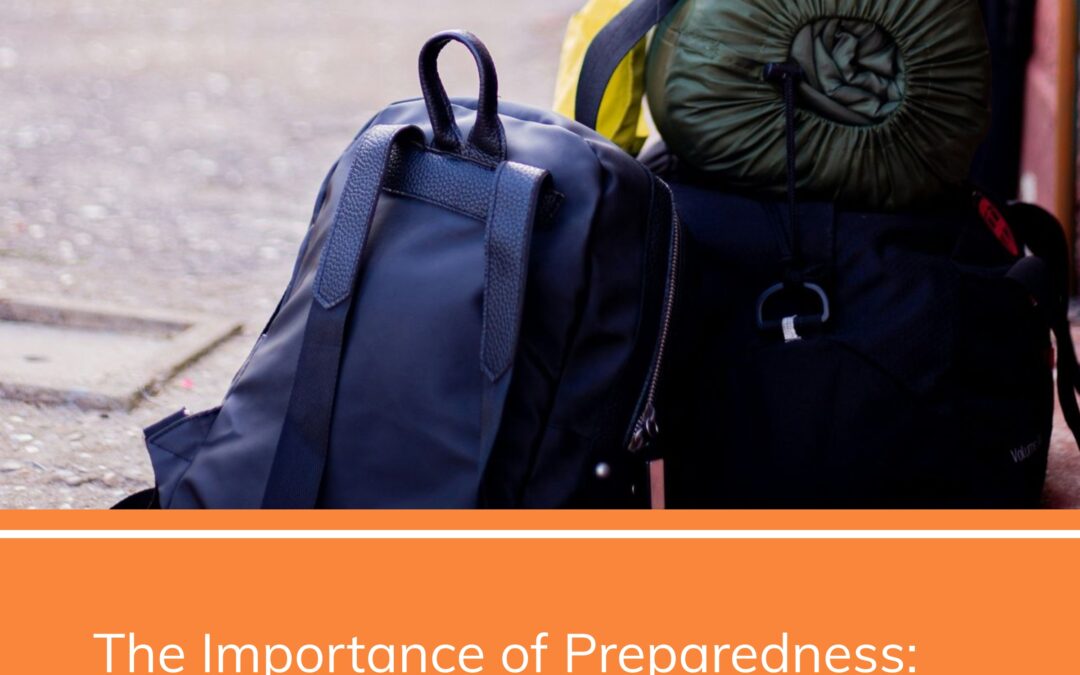By Kelly Warren, RN, BSN, STSC
OSHA’s Safe + Sound theme for 2024 is Job Hazard Analysis [JHA]. While reviewing the JHA safety course our team is taking this month, I was struck by the applicability of the process to so many activities we undertake that are unrelated to our day jobs.
From DIY projects to household chores, we often subconsciously perform our own mini-JHAs to determine the best course of action.
Step One: Prioritize jobs for analysis based on hazard and risk
In our daily lives, it is simple to ignore the potential hazards of tasks that aren’t challenging or that haven’t caused prior injury. However, as I watch my aging parents navigate life with changing capabilities, I am well aware that the activities I currently take for granted such as getting in and out of the tub may require prior planning and adjustment in the future.
For the purposes of this article, let’s focus on something from my current DIY To Do list that entails a number of hazards: Climbing a ladder and pruning branches from a tree overhanging my roof.
Step One – Identification of potentially hazardous job is complete.
Step Two: Break the JHA into tasks
This is where we use specific action verbs for each task to be undertaken. For the DIY branch removal job, we will do the following:
- Phone a tall friend to request assistance.
- Offer lunch or other bribe to gain buy-in.
- Tell friend to wear long sleeves and pants.
- Dig the expandable ladder out of the garage.
- Clean spider webs off ladder.
- Extend ladder to maximum height.
- Pray ladder is tall enough to meet the correct angle and extension above roofline.
- Volunteer tall friend to be the ladder worker.
- Offer to hold base of ladder for stability.
- Provide PPE to both participants: safety glasses and gloves.
- Remove cover from hand saw.
- Give tall friend hand saw.
- Grip ladder firmly.
- Select branch to cut.
- Determine appropriate cutting point that will be light enough to manage.
- Saw through branch.
- Lower sawn branch to ground participant.
- Repeat from “Select branch to cut” until job is complete.
Step 3: Identify hazards and risks
Our training on JHAs looked at Step 3 through the lens of “What could go wrong?”
Based on my uninformed childhood (which I will absolutely blame on the absence of the internet and Google and my completely non-DIY parents), I had the scars, broken bones, stitches, bruises, concussions, and other injuries to prove that it takes more than one inexperienced worker to accurately determine the answer to this question.
From using nails vs. screws to secure our wrecking ball swing to the basement ceiling joists to cornering the wild rabbit for catching just as the tornado sirens sounded, my young self learned the hard way about exactly what can go wrong when one embarks upon a job rife with hazards. My life is a cautionary tale about pretty much every single thing that could possibly go wrong.
Risk = Hazard x Exposure
First, let’s look at the safety definitions of hazard and risk:
Hazard: Any source of potential damage, harm, or adverse health effects on something or someone under certain conditions at work
Risk: The chance or probability that a person will be harmed or experience an adverse health effect if exposed to a given hazard
Now, let’s identify any hazard and risk for each of our tasks…
Phone a tall friend to request assistance.
Hazard: Friend declines and I attempt to manage solo
Risk: 50% (based on future harm to me for going it alone)
Offer lunch or other bribe to gain buy-in.
Hazard: Friend continues to decline invitation
Risk: 50% (see above)
Tell friend to wear long sleeves and pants.
Hazard: Friend shows up in clown costume
Risk: 2% (for distracted driver who plows into driveway)
Dig the expandable ladder out of the garage.
Hazard: Trip over items in messy garage
Risk: 94% (been there, done that)
Clean spider webs off ladder.
Hazard: Spider bite
Risk: 67% (based on prior adverse reactions)
Extend ladder to maximum height.
Hazard: Pinch fingers in the &(*$%&#$# adjustment devices used to extend it
Risk: 99% (every. single. time.)
Pray ladder is tall enough to meet the correct angle and extension above roofline.
Hazard: None identified (unless the ladder slips and hits me on the head during prayer)
Risk: 0% (to 100%)
Volunteer tall friend to be the ladder worker.
Hazard: Friend rescinds offer to help
Risk: 50% (because I’m back to the overall 50/50 injury risk of the solo plan)
Offer to hold base of ladder for stability.
Hazard: Friend decides to choose holding over climbing
Risk: 30% (not the 50% of going it alone, but my proprioception leaves much to be desired)
Provide PPE to both participants: safety glasses, gloves.
Hazard: Friend chooses the clear lenses and I can’t see well in the tinted ones.
Risk: 17% (future risk from taking a branch to the face when he tries to pass it down)
Remove cover from hand saw.
Hazard: Run fingers across blade
Risk: 41% (it’s getting pretty dull)
Give tall friend hand saw.
Hazard: Friend loses balance on ladder or drops saw
Risk: 6% (I’m good at getting out of the way if I have the clear lenses)
Grip ladder firmly.
Hazard: None identified.
Risk: 0%
Select branch to cut.
Hazard: None identified. We’re just pointing and talking here.
Risk: 0%
Determine appropriate cutting point that will be light enough to manage.
Hazard: None identified. More pointing and talking.
Risk: 0%
Saw through branch.
Hazard: Branch is heavier than expected and falls, perhaps brings friend, ladder, and saw with it.
Risk: 100% (that’s going to hurt one or both of us)
Lower sawn branch to ground participant.
Hazard: Hits ground participant with it if she’s wearing the tinted lenses.
Risk: 17% (see above where he got to choose his preferred safety glasses)
Repeat from “select branch to cut” until job is complete.
Hazard: See above tasks
Risk: Same as above
Step 4: Implement solutions
For everything from pre-cleaning the garage to avoid trips and falls to buying a second pair of safety glasses with non-tinted lenses, there are a number of solutions that could be implemented for each step. Not sure what to do about the clown costume risk though. (Note: My safety-conscious self had already replaced the chainsaw with a hand saw for this exercise.)
Solutions should be a combination of possible changes from the Hierarchy of Controls:
Elimination – Remove the hazard completely, if possible
Substitution – Replace the hazard with a…well, less hazardous one
Engineering control – Something you put in place to reduce exposure (think blade guards)
Administrative controls – Signs, procedures, warnings, etc…
PPE – What we think of as “being safe” is actually the final/weakest layer of protection
Your assignment: Come up with one possible hazard solution for each task for the branch cutting example. (And then send them to me so I can make sure I utilize them to the best of my ability before I contact that tall friend.)
Step 5: Communicate the findings
This applies to the people who will be completing these potentially hazardous jobs to ensure we reduce their exposure and risk. In the home DIY realm, this means my children. But they don’t DIY like I do…and they certainly don’t think I know more than they do. So, this may be a moot point when applying JHA processes to your personal life.
Step 6: Review and update
JHAs should be reviewed based on a number of triggers:
- Scheduled basis (annual, quarterly, whatever makes sense)
- If an incident or near miss occurs
- If any aspect of the job changes (materials, conditions, etc…)
- Any time a worker brings attention to a potentially unsafe practice or condition
Be Safe
Joking about what can go wrong may be a lighthearted way of bringing attention to hazard and risk identification, but many people are injured both on and off the job from unplanned and tragic events that could often be prevented.
Always think things through from a worst-case scenario perspective. Ask others who have performed similar work before what to look out for. Plan, prepare, and have safety measures in place before starting.
Hazard Analysis for The Nucleus
Getting The Nucleus delivered directly to your inbox is a hazard-free way to keep up with all things Orbital Project Management. The risk for missing out if you don’t is 100%.
Step One: Complete the form fields below.
Step Two: Sit back and await the wonderment at the end of each month.






